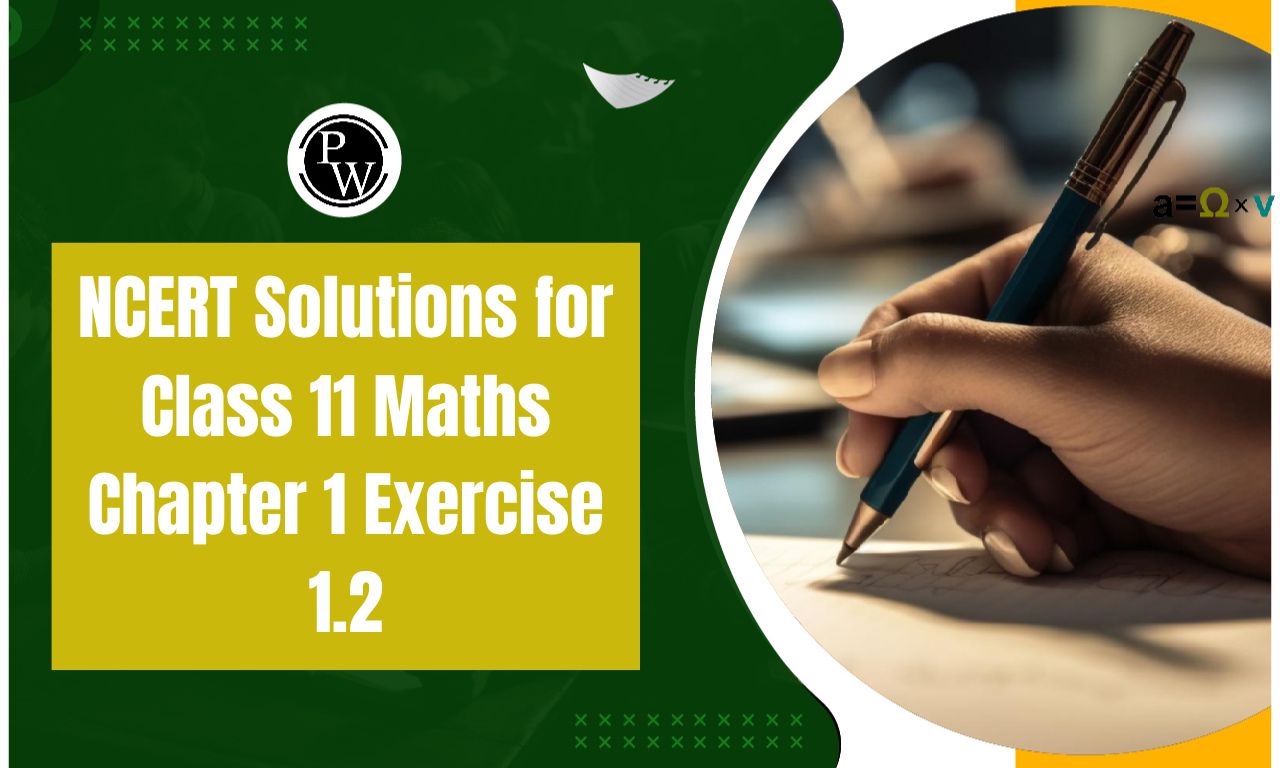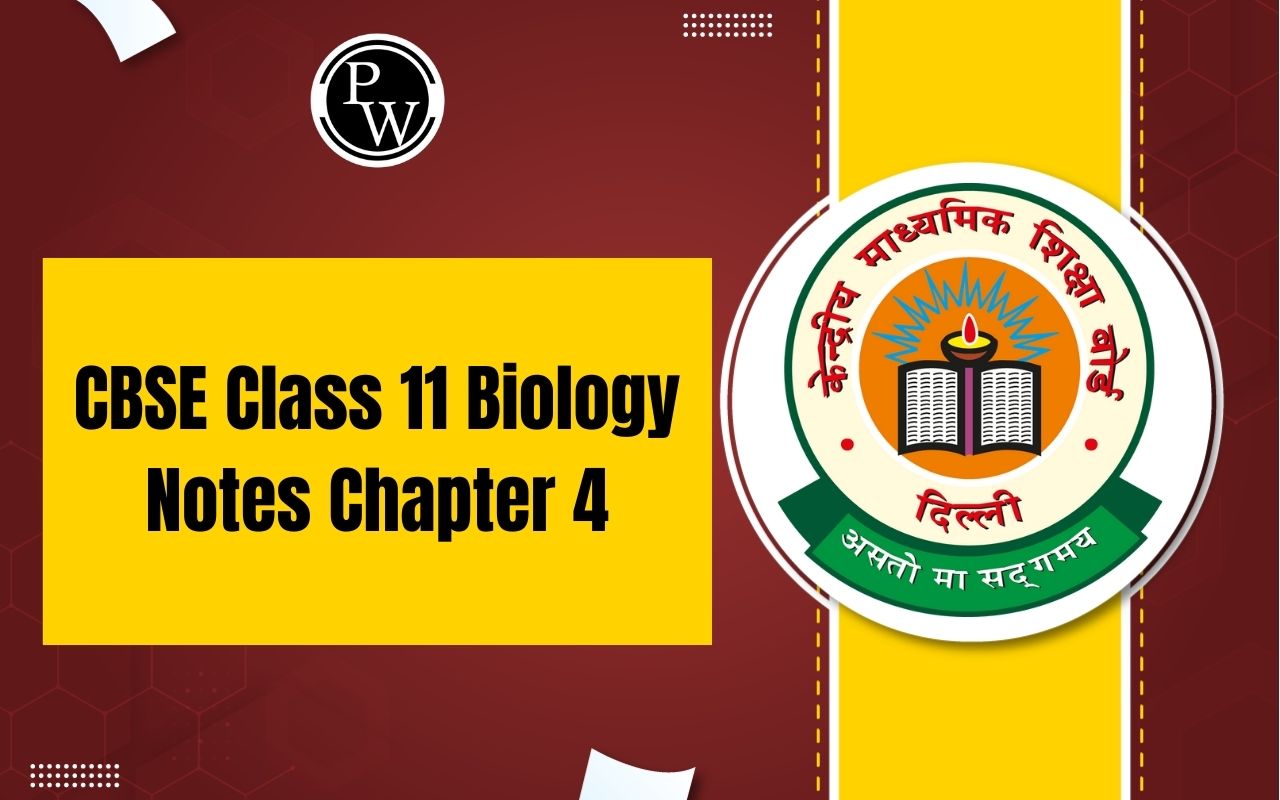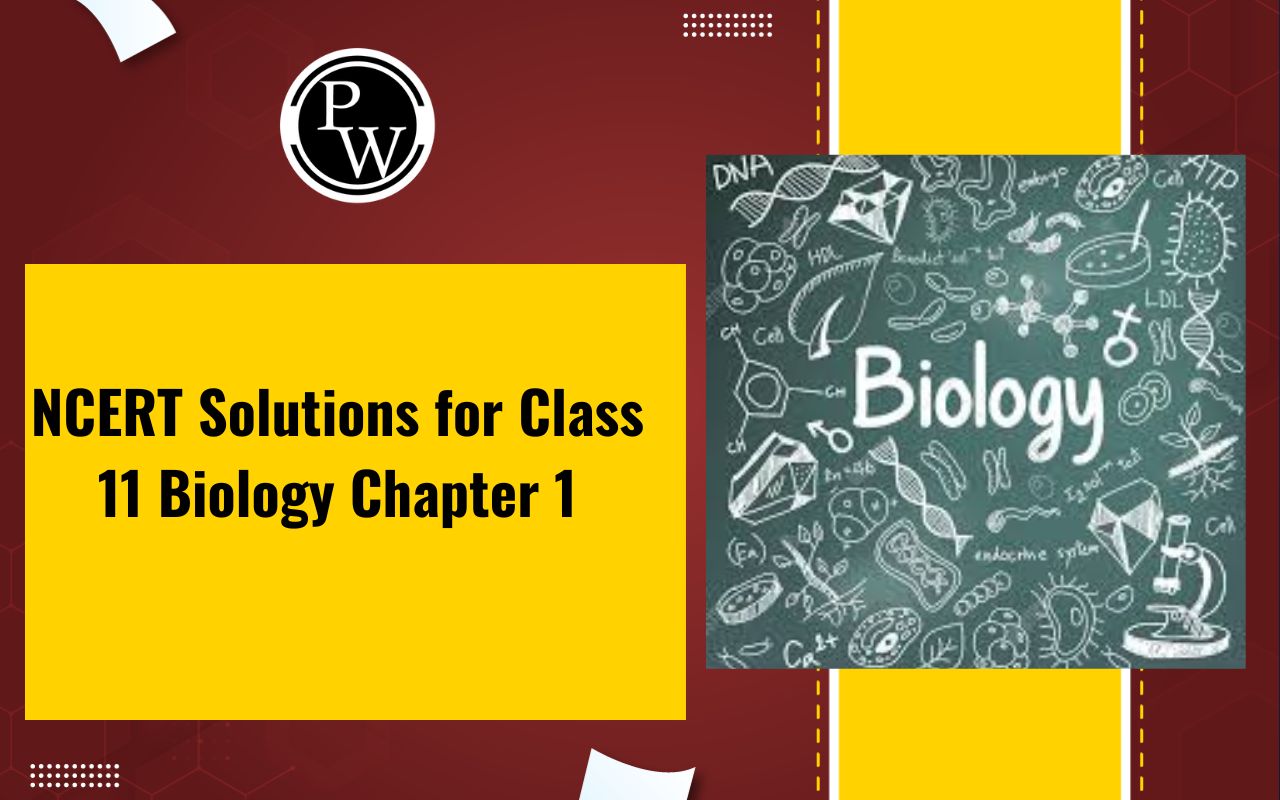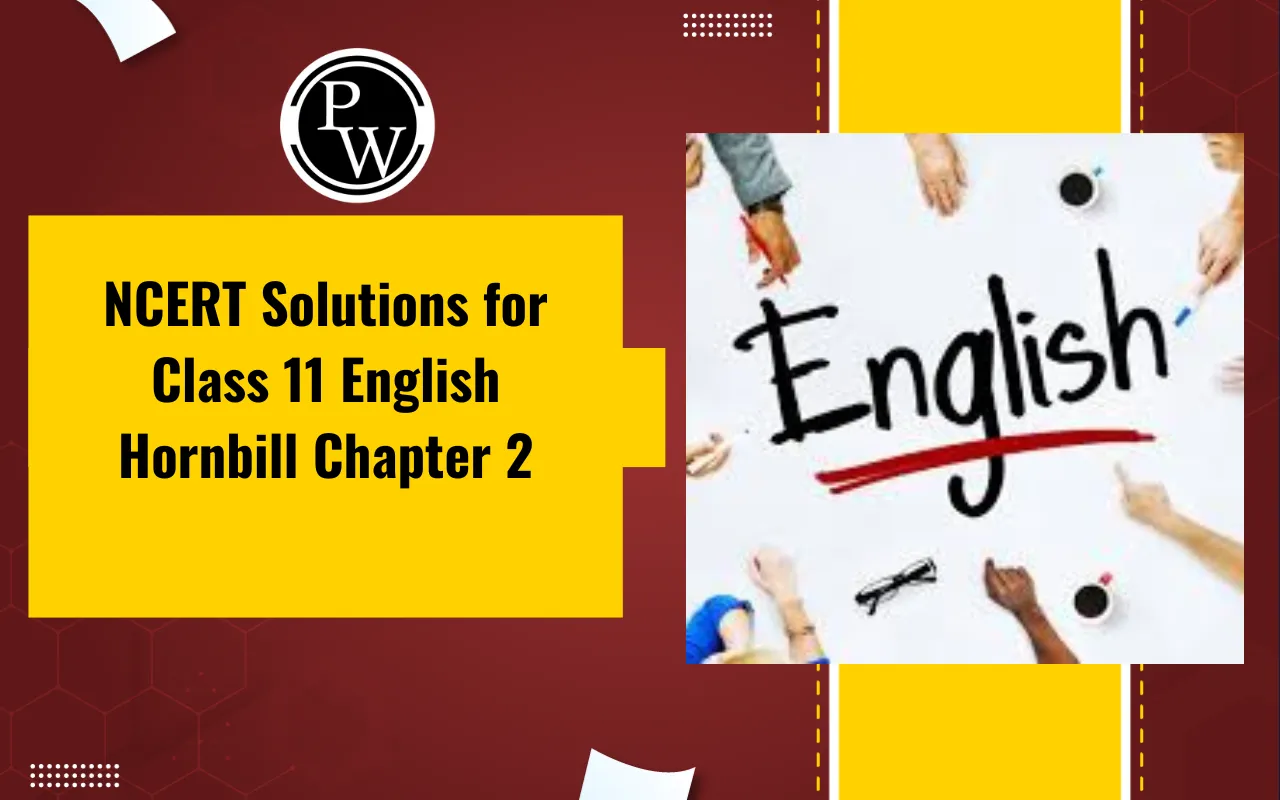

NCERT Solutions for Class 11 Maths Chapter 1 Exercise 1.2: Chapter 1 of NCERT Class 11 Maths, "Sets," introduces the fundamental concept of sets, which are collections of well-defined objects. Exercise 1.2 focuses on operations on sets, including union, intersection, and difference of sets, along with solving related problems. Students learn to represent sets using Venn diagrams and understand the application of these operations in problem-solving.
The exercise emphasizes understanding subsets, proper subsets, and the universal set. It also tests the ability to solve problems involving set identities and verification. This exercise builds a solid foundation for higher mathematical concepts and logical reasoning involving set theory.NCERT Solutions for Class 11 Maths Chapter 1 Exercise 1.2 Overview
Chapter 1 of NCERT Class 11 Maths, "Sets," lays the groundwork for understanding advanced mathematical concepts. Exercise 1.2 focuses on operations like union, intersection, and difference of sets, helping students develop problem-solving and logical reasoning skills. These concepts are essential for representing and analyzing data using Venn diagrams and understanding relationships between sets. Mastering set theory is crucial as it forms the basis for topics like probability, relations, and functions in higher studies. The exercise enhances analytical thinking and prepares students for real-world applications in computer science, statistics, and engineering, where organizing and interpreting data efficiently is vital.NCERT Solutions for Class 11 Maths Chapter 1 Exercise 1.2 PDF
Chapter 1 of NCERT Class 11 Maths, "Sets," is fundamental for understanding operations like union, intersection, and difference of sets. Exercise 1.2 introduces these operations, emphasizing their application through examples and problems. These concepts are essential for building logical reasoning and analytical skills, which are critical in advanced topics like probability and relations. Below, we have provided a PDF of NCERT Solutions for Exercise 1.2, offering detailed answers and explanations to help students grasp the concepts effectively and excel in their studies.NCERT Solutions for Class 11 Maths Chapter 1 Exercise 1.2 PDF
NCERT Solutions for Class 11 Maths Chapter 1 Exercise 1.2 Sets
Below is the NCERT Solutions for Class 11 Maths Chapter 1 Exercise 1.2 Sets -1. Which of the following are examples of the null set?
(i) Set of odd natural numbers divisible by 2
(ii) Set of even prime numbers
(iii) { x : x is a natural numbers, x < 5 and x > 7}
(iv) { y : y is a point common to any two parallel lines}
Solution:
(i) Set of odd natural numbers divisible by 2 is a null set, as odd numbers are not divisible by 2. (ii) Set of even prime numbers is not a null set, as 2 is an even prime number. (iii) { x : x is a natural number, x < 5 and x > 7} is a null set, as a number cannot be both less than 5 and greater than 7. (iv) { y : y is a point common to any two parallel lines} is a null set, as the parallel lines do not intersect. Therefore, they have no common point.2. Which of the following sets are finite or infinite?
(i) The set of months of a year
(ii) {1, 2, 3 …}
(iii) {1, 2, 3 … 99, 100}
(iv) The set of positive integers greater than 100
(v) The set of prime numbers less than 99
Solution:
(i) The set of months of a year is a finite set, as it contains 12 elements. (ii) {1, 2, 3 …} is an infinite set because it has an infinite number of natural numbers. (iii) {1, 2, 3 …99, 100} is a finite set, as the numbers from 1 to 100 are finite. (iv) The set of positive integers greater than 100 is an infinite set, as the positive integers, which are greater than 100, are infinite. (v) The set of prime numbers less than 99 is a finite set, as the prime numbers which are less than 99 are finite.3. State whether each of the following sets is finite or infinite.
(i) The set of lines which are parallel to the x -axis
(ii) The set of letters in the English alphabet
(iii) The set of numbers which are multiple of 5
(iv) The set of animals living on the earth
(v) The set of circles passing through the origin (0, 0)
Solution:
(i) The set of lines which are parallel to the x -axis is an infinite set, as the lines which are parallel to the x -axis are infinite. (ii) The set of letters in the English alphabet is a finite set, as it contains 26 elements. (iii) The set of numbers which are multiple of 5 is an infinite set, as the multiples of 5 are infinite. (iv) The set of animals living on the earth is a finite set, as the number of animals living on the earth is finite. (v) The set of circles passing through the origin (0, 0) is an infinite set, as an infinite number of circles can pass through the origin.4. In the following, state whether A = B or not.
(i) A = { a , b , c , d }; B = { d , c , b , a }
(ii) A = {4, 8, 12, 16}; B = {8, 4, 16, 18}
(iii) A = {2, 4, 6, 8, 10}; B = { x : x is positive even integer and x ≤ 10}
(iv) A = { x : x is a multiple of 10}; B = {10, 15, 20, 25, 30 …}
Solution:
(i) A = { a , b , c , d }; B = { d , c , b , a } The order in which the elements of a set are listed is not significant. Therefore, A = B. (ii) A = {4, 8, 12, 16}; B = {8, 4, 16, 18} We know that 12 ∈ A but 12 ∉ B. Therefore, A ≠ B (iii) A = {2, 4, 6, 8, 10}; B = { x : x is a positive even integer and x ≤ 10} = {2, 4, 6, 8, 10} Therefore, A = B (iv) A = { x : x is a multiple of 10} B = {10, 15, 20, 25, 30 …} We know that 15 ∈ B but 15 ∉ A. Therefore, A ≠ B5. Are the following pair of sets equal? Give reasons.
(i) A = {2, 3}; B = { x : x is solution of x 2 + 5 x + 6 = 0}
(ii) A = { x : x is a letter in the word FOLLOW}; B = { y : y is a letter in the word WOLF}
Solution:
(i) A = {2, 3}; B = { x : x is solution of x 2 + 5 x + 6 = 0} x 2 + 5 x + 6 = 0 can be written as x ( x + 3) + 2( x + 3) = 0 By further calculation, ( x + 2) ( x + 3) = 0 So, we get x = –2 or x = –3 Here, A = {2, 3}; B = {–2, –3} Therefore, A ≠ B (ii) A = { x : x is a letter in the word FOLLOW} = {F, O, L, W} B = { y : y is a letter in the word WOLF} = {W, O, L, F} The order in which the elements of a set which are listed is not significant. Therefore, A = B.6. From the sets given below, select equal sets.
A = {2, 4, 8, 12}, B = {1, 2, 3, 4}, C = {4, 8, 12, 14}, D = {3, 1, 4, 2}
E = {–1, 1}, F = {0, a }, G = {1, –1}, H = {0, 1}
Solution:
A = {2, 4, 8, 12}; B = {1, 2, 3, 4}; C = {4, 8, 12, 14} D = {3, 1, 4, 2}; E = {–1, 1}; F = {0, a } G = {1, –1}; H = {0, 1} We know that 8 ∈ A, 8 ∉ B, 8 ∉ D, 8 ∉ E, 8 ∉ F, 8 ∉ G, 8 ∉ H A ≠ B, A ≠ D, A ≠ E, A ≠ F, A ≠ G, A ≠ H It can be written as 2 ∈ A, 2 ∉ C Therefore, A ≠ C 3 ∈ B, 3 ∉ C, 3 ∉ E, 3 ∉ F, 3 ∉ G, 3 ∉ H B ≠ C, B ≠ E, B ≠ F, B ≠ G, B ≠ H It can be written as 12 ∈ C, 12 ∉ D, 12 ∉ E, 12 ∉ F, 12 ∉ G, 12 ∉ H Therefore, C ≠ D, C ≠ E, C ≠ F, C ≠ G, C ≠ H 4 ∈ D, 4 ∉ E, 4 ∉ F, 4 ∉ G, 4 ∉ H Therefore, D ≠ E, D ≠ F, D ≠ G, D ≠ H Here, E ≠ F, E ≠ G, E ≠ H F ≠ G, F ≠ H, G ≠ H The order in which the elements of a set are listed is not significant. B = D and E = G Therefore, among the given sets, B = D and E = G.Benefits of Using NCERT Solutions for Class 11 Maths Chapter 1 Exercise 1.2
Clear Conceptual Understanding : The solutions provide step-by-step explanations, ensuring clarity on set operations like union, intersection, and difference.
Simplified Learning : Complex problems are broken down into simpler steps, making it easier to understand.
Accurate Answers : Verified solutions align with the NCERT curriculum, ensuring error-free preparation.
Exam-Oriented Approach : Helps in mastering key topics frequently asked in exams.
Time-Saving : Ready solutions minimize effort in problem-solving while enhancing comprehension.
Foundation Building : Strengthens basics for advanced topics like probability, relations, and data analysis.
NCERT Solutions for Class 11 Maths Chapter 1 Exercise 1.2 FAQs
How to get good marks in math class 11?
What is ∅?
Why is a power set 2 N?
What is N in set?












